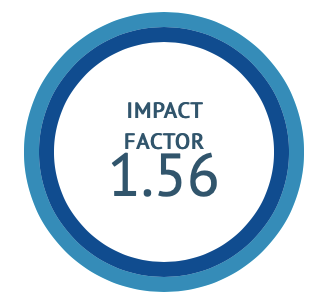The Effect of Takradi Yoga Yoniprakshalana (Vaginal Irrigation) in the management of Yonisrava Vis-A-Vis Bacterial Vaginosis - A Case Study
DOI:
https://doi.org/10.47552/ijam.v16i2.5503Keywords:
Bacterial Vaginosis, Yoniprakshalana, Yonisrava, Takradi Yoga, Shthanika ChikitsaAbstract
A study conducted in India highlights the prevalence of Bacterial Vaginosis (BV), revealing that it is most common among women aged 36–45 years (47.89%), followed by those aged 26–35 years (40.21%), and 18–25 years (28.74%), with an overall prevalence of 38.92%. If left untreated, BV can result in serious reproductive complications, including upper genital tract infections, tubal damage, and endometritis, all of which can increase the risk of infertility. Among the various causes of vaginitis, Bacterial Vaginosis, Trichomoniasis, and Vulvovaginal Candidiasis account for approximately 70% of all cases. In the traditional Ayurvedic system, Acharya Caraka’s Chikitsa Sthana places significant emphasis on Yonisrava (vaginal discharge), a condition categorized under Stree Roga. While Caraka describes detailed treatment principles (Chikitsa Sutras) for Vimshati Yonivyapath (twenty types of gynecological disorders), particular attention is given to the management of Yonisrava. For this, Ayurvedic practitioners often utilize Yoniprakshalana (vaginal cleansing) with specific formulations such as Takra (buttermilk), Triphalā Kwatha (herbal decoction), and Gomutra (cow’s urine), offering a holistic and localized therapeutic approach. Contrastingly the Centers for Disease Control and Prevention (CDC) recommend antibiotics such as Metronidazole and Clindamycin as the standard treatment for BV. However, Caraka emphasizes two main therapeutic strategies in Ayurveda: Abhyantara Chikitsa (internal treatment) and Sthanika Chikitsa (local treatment). Although primarily focused on localized application, these therapies often have systemic benefits, particularly when treating Stree Roga. A clinical case further supports this integrative approach: a 39-year-old woman presented with symptoms of chronic vaginal white discharge associated with foul odour, indicative of BV. She was treated with Yoniprakshalana using Takradi Yoga, which yielded significant improvement, demonstrating the efficacy of Ayurvedic local treatment in managing Bacterial Vaginosis.
Downloads
Published
How to Cite
Issue
Section
License
Copyright (c) 2025 International Journal of Ayurvedic Medicine

This work is licensed under a Creative Commons Attribution-NonCommercial-ShareAlike 4.0 International License.
The author hereby transfers, assigns, or conveys all copyright ownership to the International Journal of Ayurvedic Medicine (IJAM). By this transfer, the article becomes the property of the IJAM and may not be published elsewhere without written permission from the IJAM.
This transfer of copyright also implies transfer of rights for printed, electronic, microfilm, and facsimile publication. No royalty or other monetary compensation will be received for transferring the copyright of the article to the IJAM.
The IJAM, in turn, grants each author the right to republish the article in any book for which he or she is the author or editor, without paying royalties to the IJAM, subject to the express conditions that (a) the author notify IJAM in advance in writing of this republication and (b) a credit line attributes the original publication to IJAM.




